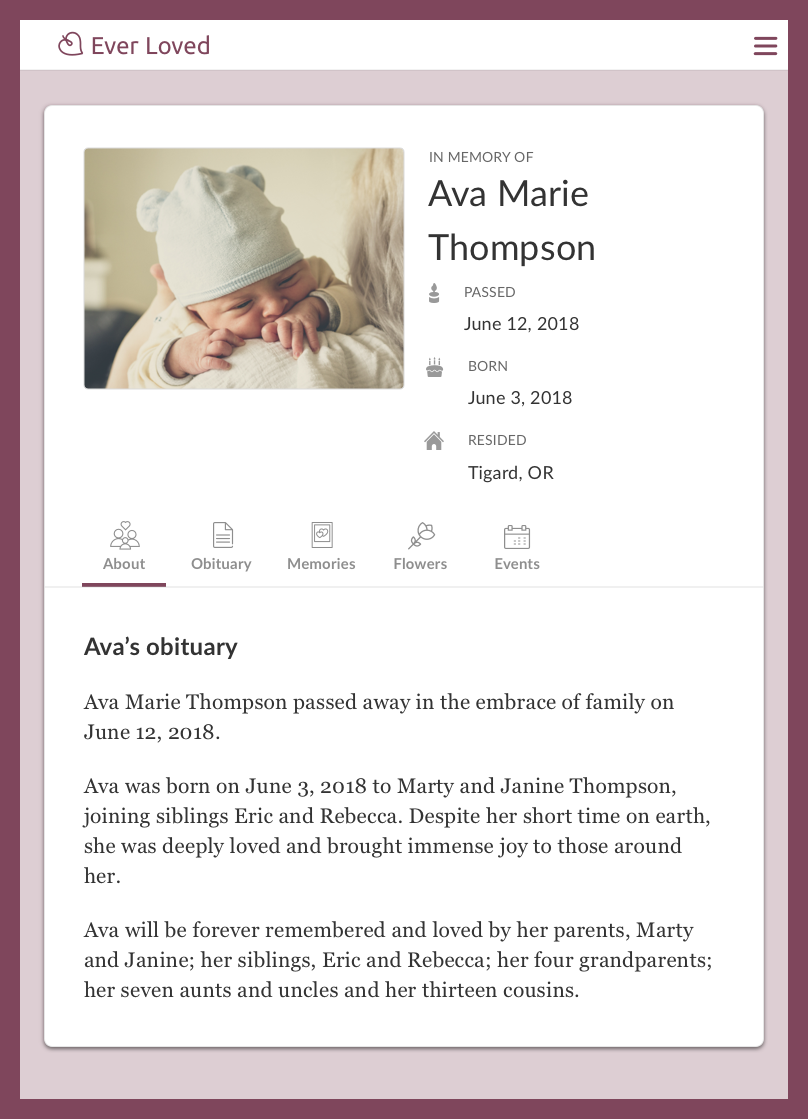

How it's using robotics: Vex Robotics aims to interest students in STEM by teaching them to build and program robots.

The company envisions home and classroom applications, and there are even international Lego robotics tournaments as part of the First Lego League. Lego's collaboration with MIT eventually became known as Lego Mindstorms, a line of programmable Lego robots designed to interest kids in STEM (Science, Technology, Engineering and Math) and computer programming. Lego CEO Kjeld Kirk Kristiansen learned about the experiment and thought his toy bricks could benefit from the same technology. How it's using robotics: In 1984, an MIT professor designed a programming language for children that could be used to make robot “turtles” move in a certain direction, turn around and draw things. While its ghostly appearance might seem creepy, Kaspar was intentionally designed with a minimally-expressive face because autistic kids often have trouble reading expressions and interpreting tones of voice. A doll-like humanoid, Kaspar helps teachers and parents support children who have autism or other communication difficulties. How it's using robotics: Kaspar (which stands for Kinesics and Synchronization in Personal Assistant Robotics) is a project from the University of Hertfordshire. As teaching assistants for STEAM (Science, Technology Engineering, Arts and Math), they can serve as customized instructors for individuals or groups, engage with students to enhance social and emotional skills and keep detailed data on their interactions so teachers can track student development.Ī doll-like humanoid, Kaspar helps teachers and parents support children who have autism or other communication difficulties. Both have been deployed in a variety of industries ranging from retail to healthcare, but Softbank thinks its inventions could also work well in the classroom. How it's using robotics: Softbank is the company behind Nao, the robot used in the L2TOR project, as well as Pepper, a taller high-tech humanoid robot. They will, however, serve as increasingly functional teaching tools.Ĭheck out some other ed tech companies whose robots help students learn. Revolutionizing, not taking over. Robin and its ilk aren't nearly advanced enough to make human teachers obsolete.

And that's just one example of how robots are revolutionizing education. It then asks him, in English, to place the "red block behind the yellow block." As before, the boy understands.ĭuring seven one-on-one lessons with Robin, the L2TOR subjects learned a total of 34 English words and helped demonstrate that a robot could effectively teach kids vocabulary. "Behind" is the next English word Robin teaches to its young pupil. Again, the boy understands and locates a yellow block. And can you point at the yellow block now?" This time, "yellow block" is said in English. Robin briefly looks at the block, recognizes it and says in Dutch, "Well done. The boy nods in understanding, picks up a red block and shows it to Robin. "Let's play another game," Robin says, in Dutch, to a little boy. "Can you show me the red block?" Robin, a social robot from Softbank Robotics, teaches kids classroom skills. 31, 2018 and involved 208 Dutch-speaking kids (ages four to six) from nine different schools. "Let's play a game!" Robin excitedly tells the kids, who seem equally pumped - because, no doubt, they don't associate the word "game" with the process of learning.īut as Robin leads them through one amusing activity after another, that's exactly what they unwittingly do - learn.Ī specially programmed Nao model from Softbank Robotics, Robin was part of a larger European research project called L2TOR (pronounced "el tutor") whose goal was to teach young children a second language (in Robin's case, English) using social robots. It's far more subdued-looking than other humanoids, some of which seem to be straight out of a psychedelic fever dream by Stanley Kubrick - or Sid & Marty Krofft. Greeting them is Robin, a 23-inch-tall humanoid robot with a friendly expression on its facsimile-of-a-face. But anxiety and apprehension quickly turn to curiosity and surprise when they see who it is - more accurately, what it is. Kids file into their classroom, nervous to meet the new teacher.


 0 kommentar(er)
0 kommentar(er)
